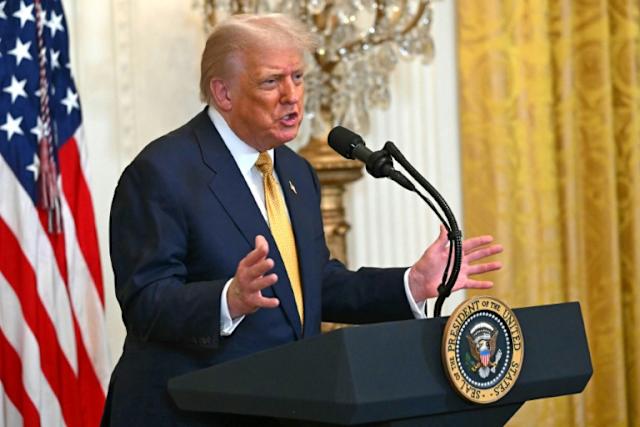The United States government entered a shutdown at 12:01 a.m. EDT on October 1, 2025, after Congress failed to pass appropriations legislation or a continuing resolution to fund government operations for the 2026 fiscal year. The shutdown, which has now tied for the second-longest in US history, stems from a deep partisan impasse between Democrats and Republicans over spending priorities.
The crisis began when a Republican-backed short-term funding bill failed to clear the Senate, falling short of the 60 votes required to overcome a filibuster. Republicans had pushed for a “clean” funding resolution one without policy additions while Democrats insisted on including extended healthcare subsidies under the Affordable Care Act and increased funding for social programs.
With no agreement reached, the government’s funding lapsed, forcing non-essential federal operations to close and roughly 750,000 workers to face furloughs or work without pay. Essential services such as national security, air traffic control, and emergency healthcare continue to operate, but many other public services have slowed or halted entirely.
The shutdown’s impact is being felt nationwide, with federal employees and contractors facing financial uncertainty. Economists warn that prolonged shutdowns tend to reduce consumer confidence, delay federal payments, and disrupt oversight of key programs.
Historically, government shutdowns have carried heavy political and economic costs. The current one, now tied with the 2013 shutdown during President Obama’s administration, risks further eroding public trust in Washington’s ability to govern effectively.
Both parties remain firm in their positions, and no clear path to resolution has emerged. As negotiations continue, analysts warn that each passing day deepens the economic toll and undermines stability heading into the 2026 fiscal year.
Unless Congress reaches a compromise soon, this shutdown could surpass previous records a stark reminder of how political polarization continues to paralyze America’s budget process.

